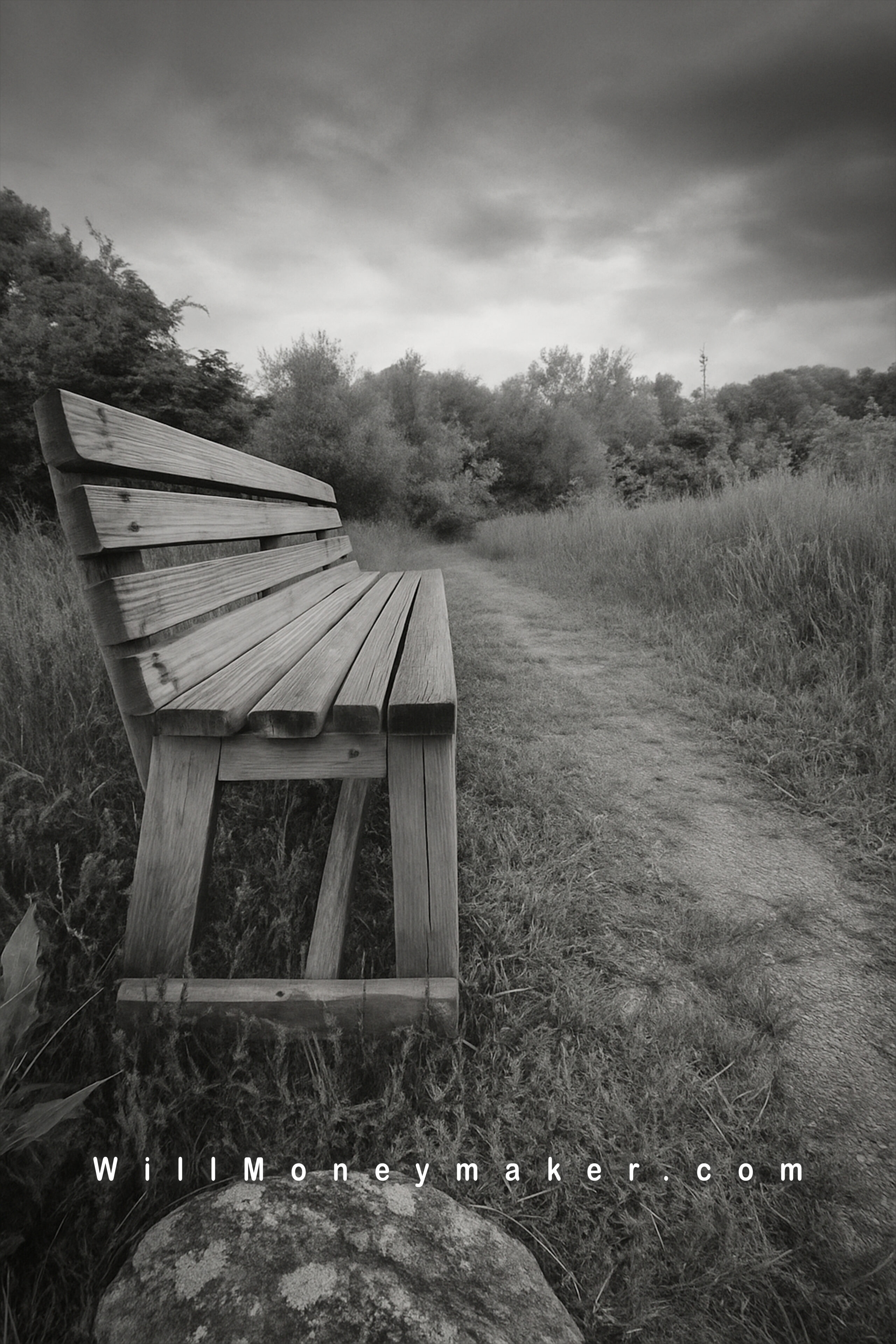Any photographer that has been around a while – whether a long-time hobbyist or a seasoned professional – knows just how essential backups are. The essential part of a good backup system is abiding by the “Rule of Threes.” In other words, you should always have three separate backups of your image files. And, because disasters do happen – a fire in your home or studio, theft or something else – at least one of those backups should be offsite.
Whether you choose cloud storage, external hard drives or more portable media like flash drives and DVDs (or a combination of several options) is a matter of personal preference. Just keep in mind that each storage option has its own set of advantages and disadvantages.
DVDs
For many years, DVDs were a favorite among photographers. However, while they still have their uses, they're rapidly becoming an antiquated storage option. They're easy to scratch or damage and they have a limited amount of space per disc. However, some photographers still like them because it’s easy to sort through a labeled, sleeved DVD archive to find a particular set of images.
Flash Drives
Flash drives are another great backup option, but they also come with a few limitations. Many flash drives don't offer all that much storage space although there are some available with a 512-gigabyte capacity, and manufacturers are predicting the release of terabyte flash drives soon. They also tend to load faster than DVDs and because of their small physical size, they're very easy to store. The largest issue with flash drives is that they come with a limited number of times that you can write to and erase them, which makes them prone to sudden failure.
Cloud Storage
For many, cloud storage is the answer. Within the cloud, you’ll find virtually unlimited storage space that is accessible anywhere you can log onto the Internet. And, depending on the storage service you choose, you may have access to sharing tools, which makes it easier for you to showcase your images online or send digital proofs to a client.
This type of storage comes with three major disadvantages. First, many photographers are concerned about data theft which, while rare, does happen on occasion. Unlike external hard drives or flash drives, cloud storage isn't a one-time purchase – expect to pay around $120 per year per terabyte. Finally, depending on your internet connection, it may take a while to back up your images – between 10 and 15 minutes per gigabyte if you have an average internet connection.
External Hard Drives
My personal favorite backup system is the external hard drive. These days, you can purchase very large drives (I use 5 TB drives with a Drobo) relatively inexpensively. They'll give you the same easy access that a flash drive does, but with more storage space and better reliability. The main drawback that I've found with this type of storage is that external hard drives can seize up if they're left unused. To get around this, I access each archived hard drive at least once per year and I replace them every five years.
Tackling the Problem of Offsite Storage
Cloud storage is the easiest way to solve the problem of offsite storage. Because your data is on someone else’s servers, you’ll always have access to it no matter what happens to your other backups. However, for reasons previously mentioned, many photographers don't like cloud storage. And, when it comes to offsite storage, smaller media like DVDs and flash drives are too easily lost or damaged.
If you're unwilling to use cloud storage, your best bet for an offsite back up is an external hard drive – or a collection of them if you have terabytes upon terabytes of images. But, to keep them offsite, where should you store them? Here are a few ideas:
- Safe deposit boxes
- If you have a studio, store offsite backups at home
- At a trusted friend or relative’s house
Personally, to keep things as safe as possible, I keep two hard drives at home, one at my parents’ home and one at my office for each year of shooting.
There are even more ways than what I've listed to approach backups. The key is to always follow the Rule of Threes and have at least one offsite storage option to ensure that your irreplaceable image files are safeguarded no matter what happens.




